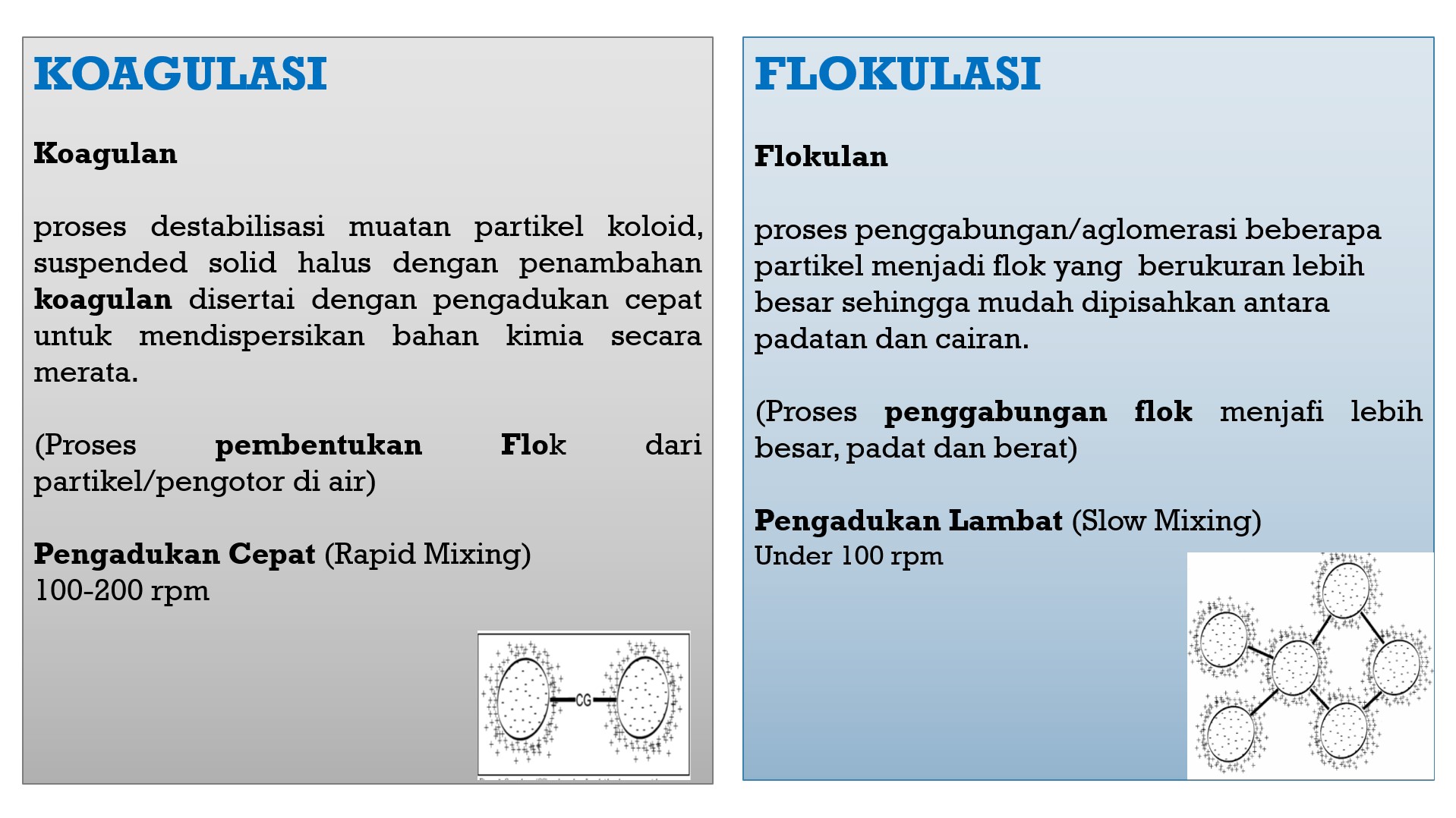What is the difference between Coagulation and Flocculation?
What is the difference between Coagulation and Flocculation ?
Coagulation is the process of destabilising the natural charges which keep fine particles of colloids from coming together.
Flocculation is the coming together of smaller particles to form larger ones which are then agglomerate more bigger flocs tobe easily separated from the liquid substrate.
TYPE OF COAGULANTS
Commonly provided available both in organic and inorganic coagulants as these are frequently used in many industrial fields, often in conjunction with flocculants, for waterwaste treatment or potable water.
Organic Coagulants (Chemical Based) :
- Polyamines
- Polydadmacs (Poly Dimethyl Diallyl Ammonium Chloride)
- Dicyandiamide resins types
Inorganic Coagulants (Chemical Based) :
- Aluminium Sulphate (Alum)
- Poly Aluminium chloride (PAC)
- Ferric Sulphate
- Ferric Chloride
TYPE OF FLOCCULANTS
Flocculants, chemically known as polyacrylamides, are manufactured by combining acrylamide with other different monomers.
Acrylamide, the key raw material, is derived from crude oil. Initially propylene is produced which is then converted to acrylonitrile from which acrylamide is produced.
All other monomers are derived from oil in some way so clearly the oil price is a key factor in production costs.
Physical Form Available :
- Powders or Beads
- Liquid Emulsions
- Liquid Dispersions
DIFFERENCES OF COAGULATION AND FLOCCULATION

PRODUCT APPLICATIONS
- Water & Wastewater Treatment
- Oilfield
- Paper Making Industry
- Coal Washing Industry
- Incense Making Industry
- Ore-dressing Industry
- Sugar Making Industry


